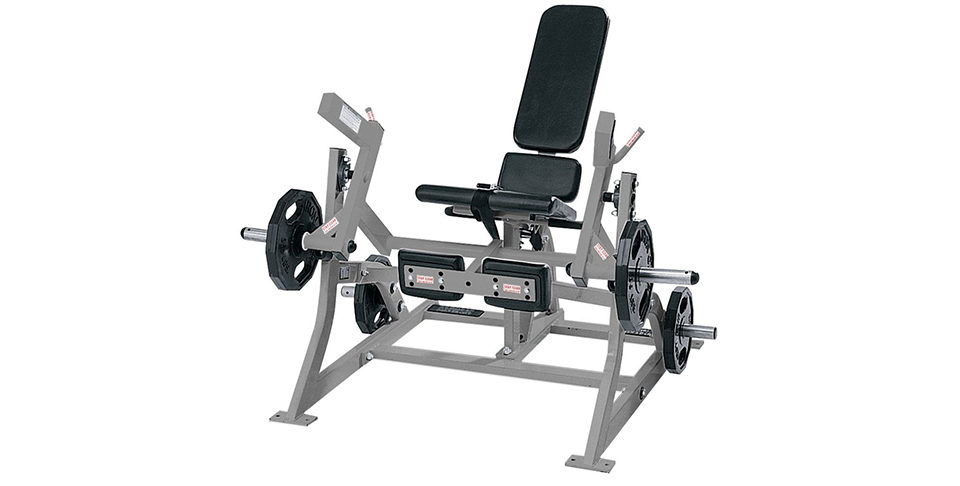
Maximize Fat Loss: Understanding Target Heart Rate for Effective Cardiovascular Training
Burning fat is a common fitness goal for many individuals looking to improve their health and physique. While diet plays a significant role in fat loss, incorporating cardiovascular exercise into your routine can accelerate results and promote overall well-being. Understanding your target heart rate zone based on factors such as age, fitness level, and exercise intensity is key to maximizing fat burning during cardio workouts. In this article, we’ll explore the concept of target heart rate and how you can use it to optimize your fat loss efforts.
Understanding Target Heart Rate:
Your target heart rate is the range of beats per minute (bpm) at which your heart should beat during exercise to achieve specific fitness goals, such as fat burning, cardiovascular endurance, or aerobic capacity. The target heart rate zone is typically expressed as a percentage range of your maximum heart rate (MHR), which can be estimated using age-based formulas or measured directly through fitness testing.
Estimating Maximum Heart Rate:
One common method for estimating MHR is the age-predicted formula:
MHR = 220 – Age
However, this formula has limitations as it doesn’t account for individual differences in fitness level, genetics, or other factors that can influence heart rate. More accurate methods for determining MHR include graded exercise tests conducted under controlled conditions or using heart rate monitors during maximal exertion.
Determining Target Heart Rate Zone:
Once you have estimated your MHR, you can calculate your target heart rate zone for fat burning, which typically ranges from 60% to 75% of MHR. This range is considered optimal for burning fat because it primarily relies on fat stores for energy rather than carbohydrates. To calculate your target heart rate zone, use the following formula:
Lower Limit = MHR × 0.6
Upper Limit = MHR × 0.75
For example, if you’re 30 years old, your estimated MHR would be 190 bpm (220 – 30). Your target heart rate zone for fat burning would then be between 114 bpm (60% of 190) and 143 bpm (75% of 190).
Training in the Fat-Burning Zone:
Training within your target heart rate zone for fat burning can be achieved through various forms of cardiovascular exercise, including jogging, cycling, swimming, and elliptical training. Aim to maintain your heart rate within the designated range for the duration of your workout to maximize fat oxidation and calorie expenditure. Keep in mind that individual responses to exercise can vary, so it’s essential to listen to your body and adjust intensity as needed.
Monitoring Heart Rate During Exercise:
Monitoring your heart rate during exercise is crucial for ensuring that you’re training within your target heart rate zone. You can use wearable heart rate monitors, fitness trackers, or built-in heart rate sensors on cardio equipment to track your heart rate in real-time. Alternatively, you can manually check your pulse by placing two fingers on your wrist (radial artery) or neck (carotid artery) and counting the number of beats for 15 seconds, then multiplying by four to determine beats per minute.
Factors Affecting Heart Rate:
Several factors can influence heart rate during exercise, including fitness level, hydration status, temperature, altitude, medications, and stress levels. It’s essential to consider these factors and adjust your workout intensity accordingly to ensure safety and effectiveness.
Conclusion:
Understanding your target heart rate zone for fat burning is a valuable tool for optimizing your cardiovascular training and accelerating fat loss. By training within the designated heart rate range, you can maximize calorie expenditure, improve aerobic fitness, and achieve your fat loss goals more efficiently. Remember to consult with a healthcare professional before starting any new exercise program, especially if you have pre-existing health conditions or concerns. With consistent effort and smart training, you can harness the power of target heart rate training to transform your body and improve your overall health and well-being.








